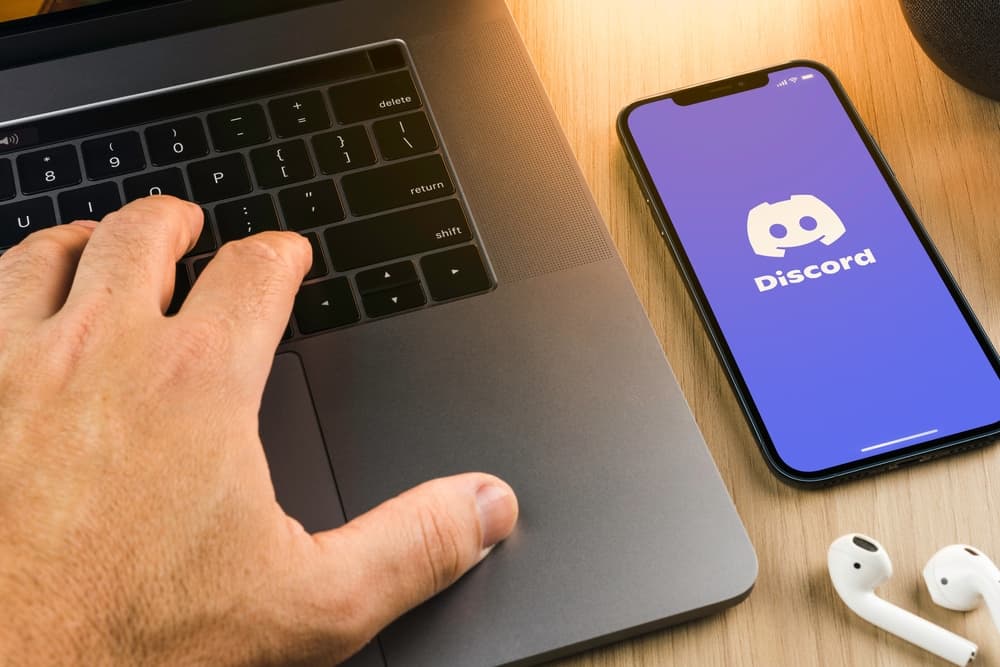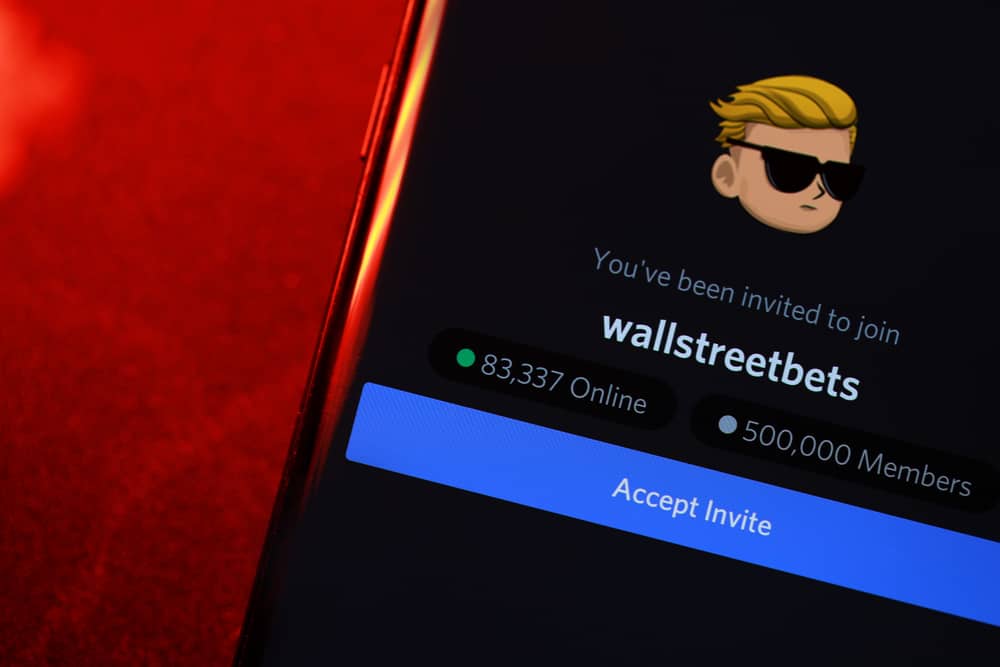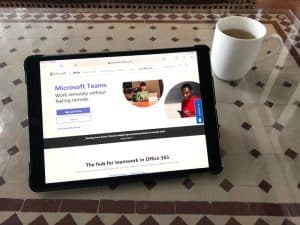
Zoom is one of the most used applications for making calls and holding meetings.
The app has offered convenient features that make it compete well compared to its competitors like Google.
However, you may sometimes be frustrated with Zoom when you realize the performance makes you lag, making your experience worse.
If you have had such an experience, don’t worry because you can deal with it, as explained in this guide.
When your Zoom performance is frustrating you, you don’t have to put up with it. You can take measures like disabling Zoom filters to reduce resource usage, which may make the Zoom performance bad. Additionally, you can manage the Zoom dissolution to ensure performance is enhanced.
If you are excited to learn how to improve Zoom performance, you have come to the right place. The guide has explained the various measures you can take to improve Zoom performance and the steps involved for each measure. Let’s get started!
How To Improve Zoom Performance
Zoom plays an important role that you may not want to continue experiencing something like Zoom performance issues.
Many users have expressed frustration when they realize their Zoom performance makes them lag and miss important points.
If you have had the same problem, this section will explain the various measures you can apply to deal with it.
Method #1: Manage Display Resolution on Zoom
If you are a regular user of platforms like YouTube, you may confirm that experiencing a lag when you use high resolution is likely.
High resolution is best for showing the best quality videos, but when your network is not very strong, it adds to Zoom’s processing load.
You must reduce your resolution when you want to keep using Zoom without experiencing lagging. When you reduce the resolution, you can use Zoom without any disruptions.
The following are the necessary steps when managing the Zoom display resolution:
- Open the Zoom Settings by clicking on the gear icon.
- Tap the “Video” option on the left sidebar.
- Uncheck the “HD” option under the “Camera” option.
Method #2: Disable Video Background or Filters
Some of the Zoom features making it suitable is the use of filters to set how you want others to see you. The features are the best when your background is not pleasing to the eye, but it makes your Zoom resources strained and its performance low.
Suppose you realize your Zoom performance has deteriorated since you enabled filters and virtual backgrounds. You may wish to find a suitable environment for your Zoom meeting and disable the filters and virtual background as indicated below.
- Launch Zoom on your computer or desktop.
- Click the gear icon to launch settings.
- Go to the left sidebar and click the “Background and Filter” option.
- Choose the “None” option for “Video Filters” and “Virtual Backgrounds”, then save the changes.
Method #3: Close Background Apps and Processes
Your Zoom may perform poorly because numerous apps consume your memory and bandwidth.
Therefore, you must close all background applications, especially those using more bandwidth.
Method #4: Reinstall or Update Zoom
If none of the discussed measures have improved your performance, you may want to reinstall Zoom.
Reinstalling Zoom is a quick fix that can solve many minor issues that may deteriorate performance. Moreover, when you reinstall an app, you may update it, which will speed up the application’s performance.
Zoom allows you to check for updates from the Settings section, as shown here.
- Tap your profile icon on Zoom.
- Go to the “Check for Updates” option and click it.
If you have pending updates, you will see how you can update them. Moreover, reinstall Zoom if updating the app does not solve the performance issue.
Method #5: Mute Audio or Video When Not in Use
Zoom audio and video consume resources that can make performance deteriorate. When you are not using either resource, it is advisable to disable them so the bandwidth can be efficiently used where needed.
You can use keyboard shortcuts to mute Zoom audio or video. ALT+A is essential for muting Zoom audio, while ALT+V will enable you to stop using video on Zoom when you don’t need it.
Method #6: Check the Internet Connection
Zoom requires a strong internet connection when you want the best performance. With strong internet, you can use HD for Zoom and enable filters without experiencing performance issues.
Therefore, when checking your internet connection, you must ensure the following.
- If you are connected wirelessly, switch to an ethernet cable if it is available.
- Disable other devices from the Wi-Fi if they are not in use. Many devices can lower internet speed, which will affect Zoom’s performance.
- Restart your router if you think it is the reason for making Zoom performance lower.
- Upgrade your router if you have been using an outdated model.
Conclusion
Zoom is an effective application that many people use for handling meetings.
When experiencing performance issues, you may feel like changing the app you are using.
Thankfully, this post has explained the tips you can apply to improve Zoom performance and continue enjoying Zoom meetings.
Frequently Asked Questions
Zoom performance is mostly affected by network speed. If your network speed is low, Zoom performance will deteriorate until you take various measures, like using ethernet if connected wirelessly. Additionally, updates may make Zoom performance lower.











